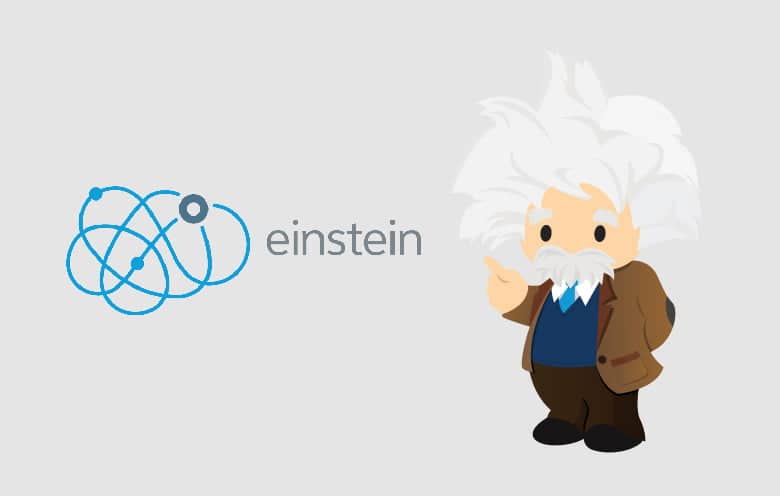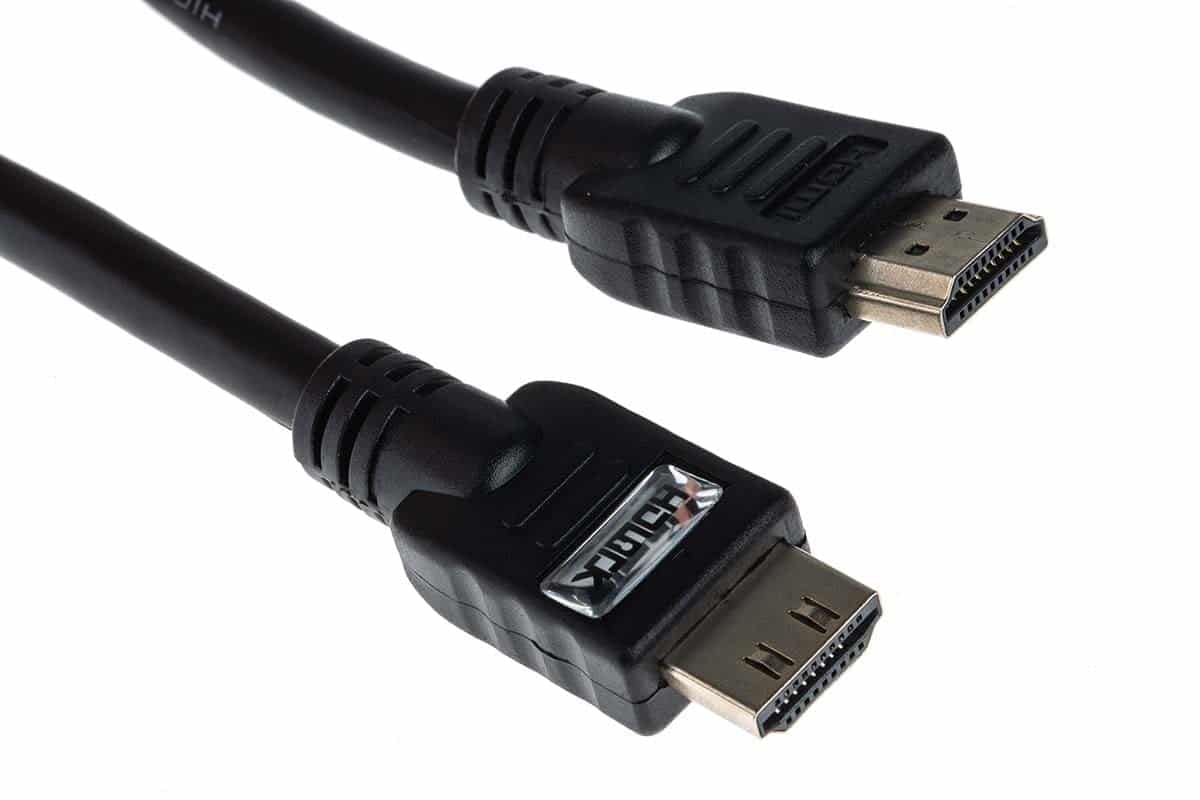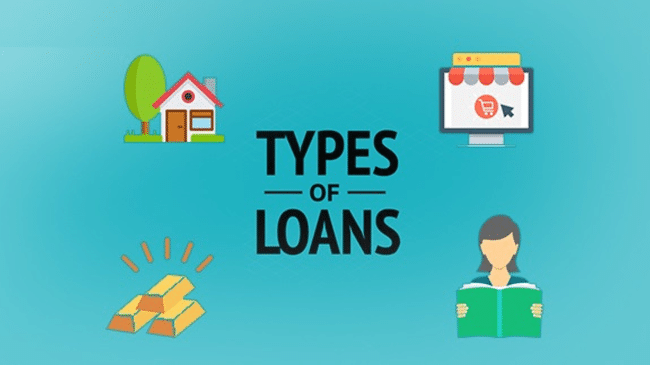The world of loans can be complex and overwhelming, with a myriad of options available to suit various financial needs. Whether you’re looking to buy a new home, start a business, or consolidate debt, understanding the different types of loans is essential in making informed financial decisions. In this comprehensive guide, we will delve into the various types of loans, their features, and how they can benefit you.
1. Mortgage Loans:
The most common type of loan, a mortgage loan is used to finance the purchase of a home. Typically, these loans have a long repayment period, often spanning 15 to 30 years, and can be fixed-rate or adjustable-rate. Fixed-rate mortgages offer stable monthly payments, while adjustable-rate mortgages may have fluctuating interest rates.
2. Personal Loans:
Personal loans are versatile and can be used for a variety of purposes, such as home improvement, debt consolidation, or unexpected expenses. They are often unsecured, meaning they don’t require collateral, and have fixed interest rates and monthly payments.
3. Auto Loans:
As the name suggests, auto loans are specifically designed for purchasing vehicles. These loans can be obtained through banks, credit unions, or car dealerships, and the vehicle serves as collateral. The interest rates and loan terms can vary based on factors such as credit score, down payment, and the chosen vehicle.
4. Student Loans:
Designed to assist with educational expenses, student loans come in federal and private forms. Federal student loans typically offer more favorable terms, including income-driven repayment plans and loan forgiveness programs, while private student loans are offered by banks, credit unions, and other financial institutions.
5. Business Loans:
Entrepreneurs and business owners often rely on business loans to fund startup costs, expansion, equipment purchases, or working capital. These loans can be secured or unsecured, and the terms may differ based on the lender and the nature of the business.
6. Payday Loans:
Payday loans are short-term, high-cost loans intended to cover unexpected expenses until the borrower’s next payday. While they provide quick access to funds, they often come with high fees and interest rates, making them a costly borrowing option.
7. Home Equity Loans and HELOCs:
These loans are secured by the borrower’s home equity and can be used for home renovations, debt consolidation, or other major expenses. Home equity loans provide a lump sum, while home equity lines of credit (HELOCs) offer a revolving line of credit, similar to a credit card.
Understanding the nuances of each loan type is crucial in making informed financial decisions. Factors to consider include interest rates, repayment terms, eligibility requirements, and potential fees. By assessing your financial needs and conducting thorough research, you can select the loan type that best aligns with your goals and circumstances.
In conclusion, navigating the world of loans requires a comprehensive understanding of the different types available. Whether it’s securing a mortgage for a new home, pursuing higher education with student loans, or fueling entrepreneurial aspirations with business loans, being well-informed empowers individuals to make sound financial choices. This comprehensive guide aims to equip readers with the knowledge needed to navigate the borrowing landscape with confidence and clarity.







